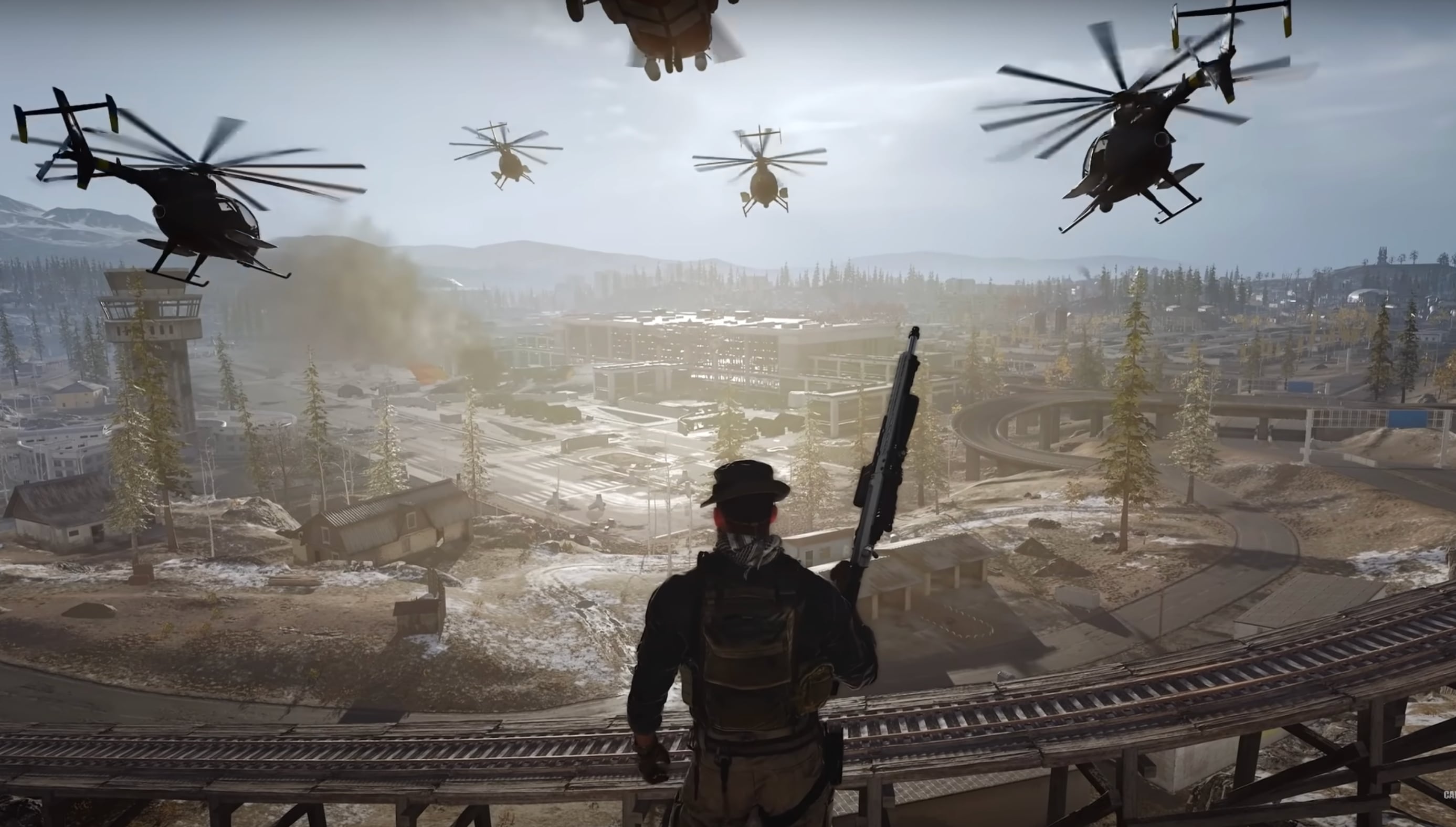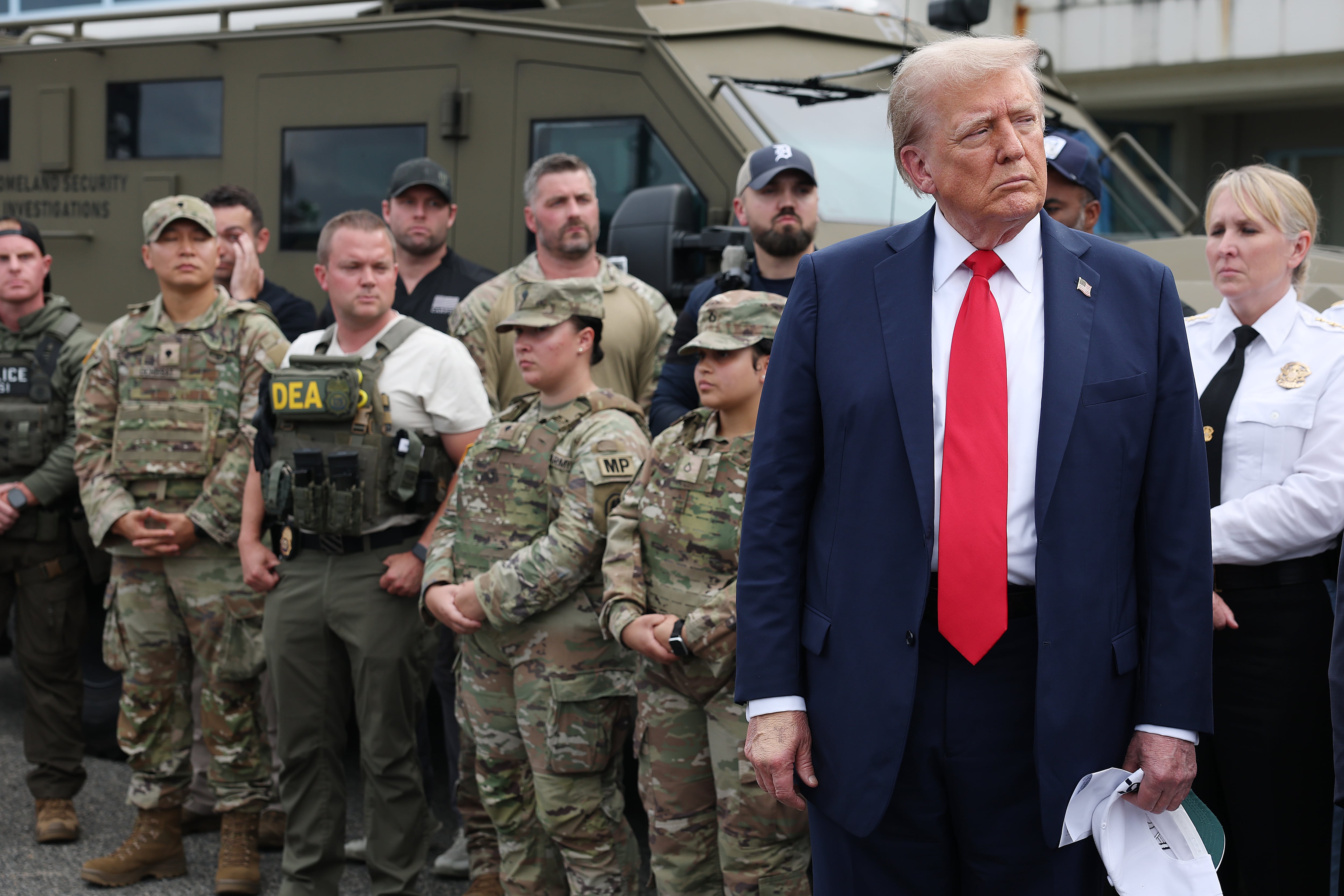Since its debut in March 2020, “Call of Duty: Warzone” quickly established itself as a major force in the battle royale genre.
It was initially praised for its grounded military realism and tactical gameplay. Players were drawn to authentic combat scenarios, realistic weapon mechanics and carefully constructed maps that mirrored real-world military operations.
However, the franchise introduced elements over the years that deviated from this realism approach. Fantastical operator skins, oversized weapon blueprints and arcade-style movement systems became more prevalent. While these additions were meant to keep the game fresh, they gradually alienated a segment of players loyal to Warzone’s original tone.
The move away from realism sparked backlash within the community. On forums like Reddit, players voiced mounting frustrations over a game that felt increasingly disconnected from its roots.
One Reddit user summarized the general sentiment bluntly: “Player base has dropped 83% since December. What is it going to take for them to finally fix things?”
Technical issues, rampant cheating and perceived developer missteps further compounded the problem.
“Warzone faces interconnected challenges: Technical difficulties, cheating, and perceived developer missteps combine to create a frustrating experience for players,” an article from Z League stated.
Player numbers steadily declined and the once-thriving Warzone community appeared to be splintering, with many veterans of the game moving on to other titles.
Facing an increasingly frustrated player base and a steep drop in engagement, Activision announced a return to basics. On April 3, 2025, the fictional city of Verdansk officially returned to Warzone as part of Season 3, marking a major franchise strategy shift.
Unlike past seasonal updates, which were packed with crossovers and spectacle, the new Verdansk focuses heavily on the experience that first put Warzone on the map.
Activision described the updated Verdansk as “painstakingly rebuilt from the ground up,” with the goal of balancing immersion with streamlined movement mechanics while stripping away much of the excess that had dominated previous seasons.
This updated version features familiar points of interest, slight graphical enhancements and subtle changes to improve flow and player engagement. It intentionally avoids the bloated cosmetics and game-breaking mechanics that had come to characterize recent seasons.
The decision to bring back Verdansk has already paid dividends. Call of Duty’s player count on Steam reportedly surged over 200% following the map’s reintroduction, the highest recorded for the game in 2025.
Many longtime players have welcomed the change, with early reactions praising the return to a more grounded, tactical experience.
Professional darts player Michael van Gerwen adequately captured the excitement, saying, “I can’t wait for Verdansk to return.”
Industry analysts agree that Verdansk’s return marks a critical course correction. TechRadar reported that Verdansk’s revival is seen as a “huge opportunity to recapture players that have since left Warzone for other games.”
The reintroduction of Verdansk is more than a nostalgic move — it’s a conscious effort by Activision to realign Call of Duty: Warzone with the formula that originally made it successful.
After years of straying into increasingly arcade-like territory, Warzone seems determined to re-establish itself as the tactical, grounded shooter that first captured millions of players around the world.
Whether this return to form is enough to sustain long-term success remains to be seen, but for now, Verdansk’s comeback has reminded players why they fell in love with Warzone in the first place.
After spending nearly three hours in the latest iteration of Warzone, it’s clear that much of the pomp and spectacle added in recent years has been stripped away. What remains is the closest product to the original 2020 release that the franchise has delivered in a long time.
Gone are the days of omnidirectional movement, redeploy balloons and other aesthetic “enhancements” that strayed from the spirit of traditional military shooters. In their place is a refined, slower-paced version of combat where shooting first and smart positioning are once again keys to survival.
While there is still room for fine-tuning, Activision’s latest installment feels like a genuine return to form. Warzone has found its footing again.





